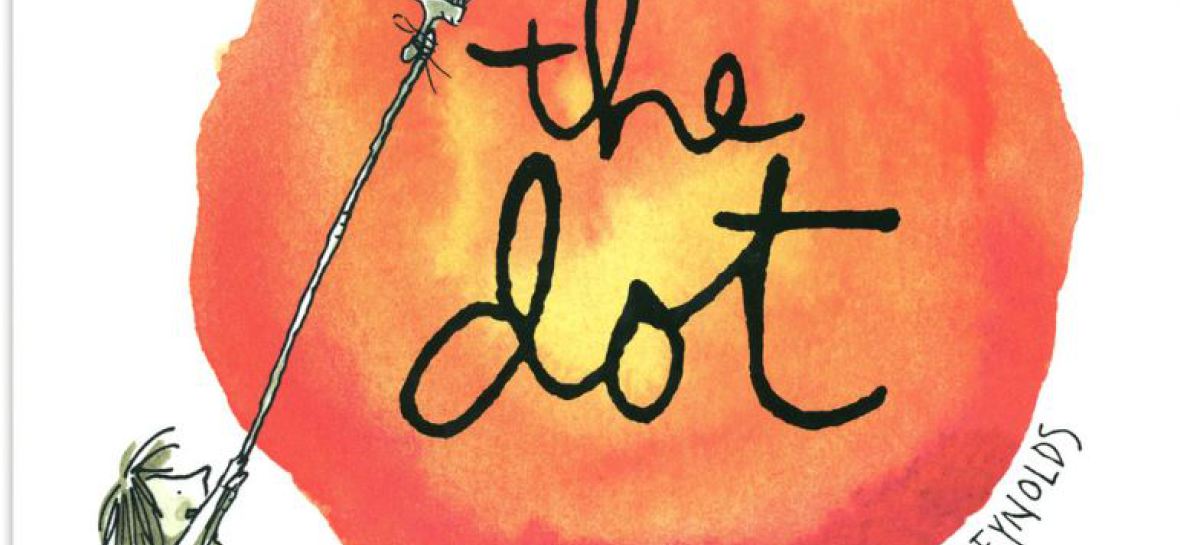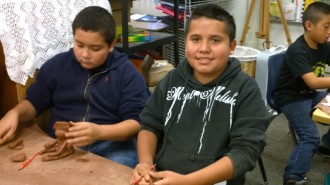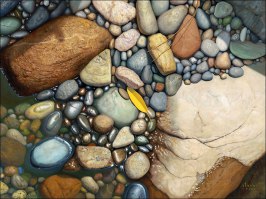

The Magic of the Snowman
A Sketch and Jot Lesson along with Create a Foldable that explains the water cycle.
Watch this video clip, what major concept is the snowman not understanding?
Two Texts will be used for this lesson: Written and Video
The Life Cycle of a Snow Man
By: Michael Stahl
There are so many things to enjoy during the season of winter. As the temperature drops, just about everything seems to change. People put away their shorts and dresses and replace
them with long pants and sweaters. The sports on television change from baseball and soccer to
hockey and football. There are a few special holidays and boys and girls get to enjoy their longest vacation during the school year. And, of course, there is snow! A winter’s snow means it
ispossible to go outside for sledding, ice skating and, one of the most fun things to do, making a
snowman. People of any age can make a snowman, but it would not be possible without water,water’s cycle, and water’s three states of liquid, solid and gas
Before anybody can begin to even think of making a snowman in the freezing cold temperatures of winter, water, in its liquid form, has to actually warm up. Water is made up of the
elements hydrogen and oxygen and it covers two-thirds of planet Earth. Most of the water on Earth makes
the oceans, but water also makes streams, lakes, ponds and rivers possible. The sun gets the water cycle going. It warms the planet’s water supply, causing a certain amount of it,
depending
on the height of the temperature, to evaporate. When water evaporates, it becomes a gas called water vapor. Though people cannot see it, evaporated water as a gas rises through the air
into the atmosphere to form clouds. Clouds are created when a large amount of water vapor begins
to cool as it rises through the air. Clouds can grow bigger when they come into contact with more water vapor as well as other clouds.
As clouds get larger, they become unstable. They cannot continue to be so big without something changing, so precipitation must happen. Precipitation is when the hydrogen and oxygen of
the water vapor in clouds become so closely packed together that it falls back to Earth
in the form of water. Rain is the type of precipitation that happens most often, but, when the temperature in the air is particularly cold, the water falling down to Earth chills and
becomes snow. Snow and ice are examples of water being in its solid state. Precipitation can also include hail and sleet. Hail is precipitation as pieces of ice formed in cloud layers that
are below freezing levels. Sleet is when the water is somewhere in between rain and snow. If the temperature is cold enough and if clouds overhead are big and unstable enough, snow will
fall to the ground. If the snow starts to accumulate on the ground, then one can possibly make a snowman.
A person or group of people needs a lot of snow to make a snowman. They will need to pack up enough of that snow to make three tremendous balls, one for the base or the legs, another for the middle part of the body, and one, usually smaller than the others, for the head. It’s best to decorate a snowman with a hat, a scarf, and some eyes and a mouth made of coal, or other objects.
Snowmen are fun while they last, but the Earth’s water cycle has to continue on. Eventually, no matter how much a person might wish for it not to be the case, the snowman will warm up
from the sun and melt, turning back into water and being sopped up by the ground. However, over
time, that water will only evaporate back into the air to form more clouds that will make more
snow for more snowmen.
ReadWorks.org
Sketch & Jot Lesson
Essential Question: How can I improve my ability to comprehend what I read and be able to communicate what I understand?
The purpose of Sketch and Jot is to draw the main ideas in the text and then synthesize them into a few concise sentences to summarize.
I use this skill to help my students be able to better comprehend and communicate the main idea of a text.
In order to teach “Sketch and Jot,” I need to do the following:
Step 1.Pose the Essential question
How can I improve my ability to comprehend what I read and be able to communicate what I understand?
Step 2. Introduce and give directions to Sketch & Jot
- Read a paragraph or set of paragraphs and sketch the main idea.
- Under each image provide a six to ten word summary
Step 3 Set Expectations:
- Carefully read your text
- Do your best with illustrations- master the stick figure
- Write legibly a concise sentence under each image that summarizes the main idea
- Your illustrations should match your summary sentences
Step 4 Introduce Rubric and Goal Tracker. Set Goal for today’s work:
Step 5 Teacher model how to do the skill.
For the first paragraph or two in the text,I’ll model and use the time tracker. I’ll Keep it fast: 1 minute per reading, 1 minute per sketching and 1 minute per writing. 1 minute per sharing.
Step 6 Let students work with partners to read the rest of the paragraphs and summarize with image and words.
Step 7 Teacher model how to score the work and use the rubric.
I’ll share the process for how to score sketches and writing.
Step 8 Partners together score their work
For first time, using this skill I don’t think I’ll let individuals do this yet. Instead I’ll have individuals come up to place image under document camera and share and we will evaluate their work together whole class.
Step 9 Students record their scores and then think about why they met or did not meet their goal and give two reasons.
Step 10 Students reset goal and write one thing they will try to do to reach their new goal.
Step 11 Student Reflection: With partners
What skill did we learn today?
How did this skill help you answer the essential question?
How will this help you in the future?
Artful Teaching
Mrs. Schellenberg & Young Artists
Ralph Waldo Emerson's Poem: Success- to leave the world a bit better, whether by a healthy child, a garden patch or a redeemed social condition; To know even one life breathed easier because of you.
Thank you AT&T
We used the wiring for our artful galimotos




